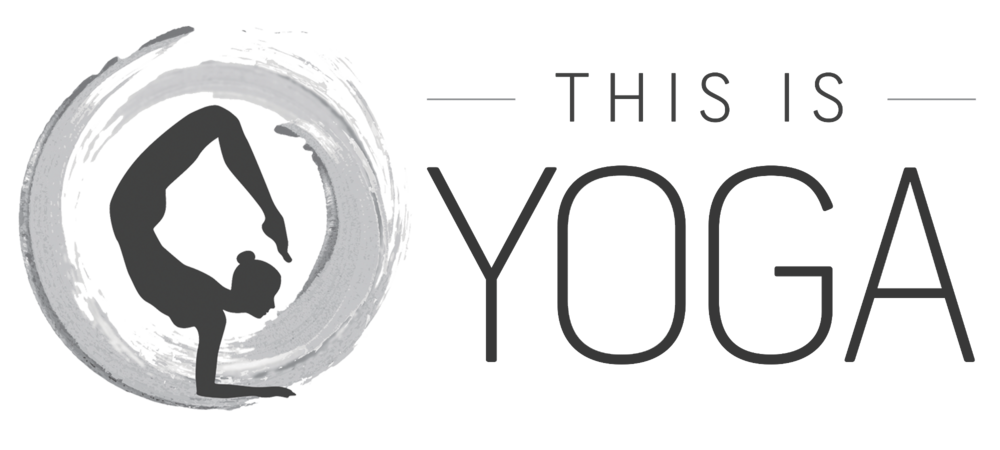New beginnings are easier done when we can approach people and situations with an open heart and mind. It is not uncommon for us to build walls over time – learned behaviours and reactions that we have developed as a way to protect ourselves. However, in order to truly build the life we want, we will often have to confront and deal with these defence mechanisms to encourage openness + to invite opportunities in. The article below discusses how heart opening asanas can help you along this journey.
Just as you can practice heart opening in your thoughts and emotions, you can also experience opening the heart space in your physical body.
For many, “opening your heart” implies receptivity to love and intimacy in a romantic relationship ring on the candy and flowers. However, everyone, including single yoga practitioners, can experience heart opening in other kinds of relationships: with caring friends and family members, pets, teachers and mentors, and with our own students.
With deep introspection and honesty, you can also practice heart opening in more challenging situations, such as your relationships with difficult people or those with whom you disagree philosophically or politically. As you visualize and practice opening your heart in your various relationships, you’re learning ahimsa, or compassion, which is number one on the list of yamas and niyamas.
Know Your Physical Heart Space
Just as you can practice heart opening in your thoughts and emotions, you can also experience opening the heart space in your physical body. Your heart resides within the thoracic cavity, which is surrounded by a bony cylinder, the rib cage, comprised of 12 ribs on the right and 12 on the left; your sternum (breastbone) in the front; and the spine in the back. The bones are held together by soft tissues, including muscles large and small; cartilage between the vertebrae in the spine, between the three parts of the sternum, and as part of each rib as it attaches to the sternum; and by ligaments, which join bone to bone. There are ligaments, for example, between each pair of vertebrae, and ligaments holding each rib onto its adjacent vertebrae. Your diaphragm, the dome shaped muscle that separates the heart and lungs above from the digestive and reproductive organs below, forms the floor of the thoracic cavity.
Ideally, the soft tissues supporting the bony cylinder remain resilient for a lifetime, so the cylinder is able to expand freely with each breath and the rib cage doesn’t become a rigid and restrictive container for the heart and lungs. You might picture a stiffened rib cage like armour: The lungs won’t be able to expand completely to receive a deep, full breath; and the rigidity may also limit blood flow to and within the heart. An immovable rib cage is also a limiting factor in Pranayama and many yoga poses, especially twists (which require rotation) and backbends (which require spinal extension), because its rigidity prevents the thoracic spine from moving through its normal range of motion. The lack of thoracic extension in backbends can contribute to lower back and neck pain caused by the lumbar and cervical spine hyperextending (overarching) to compensate for the lack of midback movement.
Conscious work with the breath is one of the best ways to improve rib cage mobility, gently stretch thoracic soft tissues, and open the heart space. Any time people feel threatened, be it by pain, challenge, or pressure to perform, the need to guard or defend oneself usually results in holding the breath or breathing in shallow, erratic patterns. These defensive breath patterns cause muscle tightness in the very areas we’re trying to open, as well as gripping in the upper abdomen, which restricts the normal movement of the diaphragm. By teaching your students to practice slow, gently expansive breathing (while avoiding aggressive action, such as pushing or forcing the breath, which generates more inappropriate muscle tightness), you’ll help them start to break up rib cage rigidity and the armor of tightly gripped chest, back, and abdominal muscles.
Simple Positions to Open the Heart
To avoid setting off guarding mechanisms while practicing breathing that expands the rib cage, it’s best to use simple, pain-free positions. To open the chest and abdomen, a wonderful position is a gentle and supported backbend. Try it while lying over a rolled blanket or towel (use a smaller roll for very tight students), placing the roll crosswise under the thoracic spine (the midback, where the ribs attach) and resting the arms in an open position, with palms up. This position gently expands the front rib cage and upper abdomen with each inhalation. Keep the knees bent and place one to two inches of support under the head to help prevent lumbar and cervical hyperextension.
Simple twists invite expansion of the side ribs. Try lying on your right side, with your knees pulled up toward your chest to create a 90-degree angle at the hips. On an inhalation, open your left arm behind you while turning your head to the left. Don’t let the left arm dangle in mid-air. Place just enough support (a block or blanket) under the left arm so you feel some stretch but no pain in the chest and/or side ribs. If your midback, including the space between the shoulder blades, is tight and flat, practice Balasana (Child’s Pose) with arms overhead or beside your calves. People with stiff spines and hips may not be able to get their heads to the floor and so will need support under the head in this pose. Usually a block or folded blanket under the head provides enough height to support the weight of the head, so the neck muscles can relax.
Whether opening the chest in a supported backbend, the side rib cage in a twist, or the thoracic spine and rib cage in Child’s Pose, talk to yourself or to your students about breath patterns. Invite your inhalation to gradually become a little slower, smoother, and deeper, again avoiding any tension-producing forcefulness. Then bring your awareness to the part of the rib cage you want to open (such as the front ribs in supported backbends and the side ribs in twists). It may help to place a hand on the area so you can feel the expansion from the outside as well as the inside. Let the inhalation gently expand and open the ribs, then relax and surrender to gravity with each exhalation.
Practice breathing in each position for two to three minutes, a few times a week if not every day. You’ll be rewarded with deep relaxation, improved breath awareness, opened heart space, and if you so choose a life-altering practice of ahimsa.
Article source: https://www.yogajournal.com/teach/opening-the-heart/
Article author: Julie Gudmestad





















